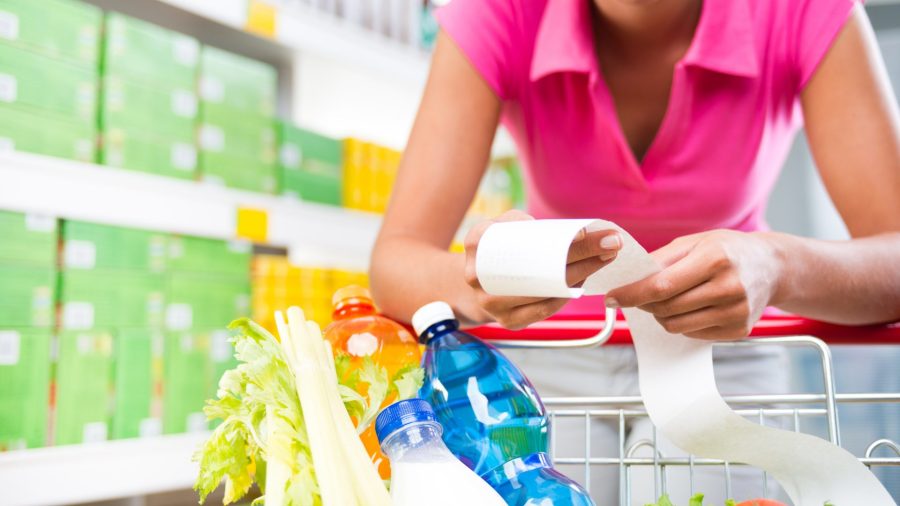With grocery prices at a 10-year high, a recent survey by KPMG finds consumers expect prices to rise even more in 2022, with everything from mac-and-cheese to mustard and produce logging hefty increases.
The KPMG Consumer Pulse Survey 2022 Grocery Forecast of 1,000 shoppers found consumers expect to spend an average of 22% more for groceries in 2022 compared to pre-COVID spending, Supermarket News reported (Dec. 23).
Inflation, continuing supply chain issues, transportation and packaging costs, as well as labor shortages and other factors are expected to contribute to that increase, experts told The Food Institute.
The Federal Reserve recently announced it was shifting its strategy to fight inflation, something that had not been an issue for years.
“Inflation is on all our minds and the reality is that we see it from the gas pump to the grocery basket,” said James Walker, CEO of Buyk, a fast-grocery delivery service operating in cities including New York, Chicago and Boston.
The KPMG report noted the pandemic caused huge shifts in consumer behavior, proving a boon to grocers, a trend it predicted would continue into 2022.
Molly McFarland, co-founder of shopping list marketing and insights platform AdAdapted, said though in-person dining options are more available, “it is clear that many [consumers] have become accustomed to preparing more food at home, and thus spending more on groceries.” She added that with the omicron coronavirus variant wreaking havoc, consumers are likely to stick close to home to keep their families safe.
Research from IRI indicates many large manufacturers are planning 2022 price increases, with pre-COVID prices not expected to return for some time, and Dutch bank Rabobank indicated COVID disruptions and increased costs for energy and fertilizer will pressure prices higher.
A hidden aspect of the price hikes is packaging. Nick Drewe, CEO of the e-commerce sales and coupon platform Wethrift, noted many factories responsible for wrapping various household items have been forced to shut down due to lack of staff and funds. This forced clients to find alternative, and, in many cases, pricier packaging options.
“This minute yet steady increase in product packaging causes a chain reaction stemming from product suppliers down to the local grocers. Every party has to set higher prices to turn a profit,” Drewe told The Food Institute.
Meaghan Thomas, co-owner and president of Pinch Spice Market, in Louisville, Kentucky, has a slightly different take on why consumers are expecting to spend more.
“They’re choosing to buy higher quality products that are also ethically sourced. There’s an awakening happening in the U.S., where people are starting to research and think about where their food comes from,” Thomas said.
Delivery fees, however, likely are not part of the spending equation. Various reports indicate consumers are balking at Whole Foods’ $9.95 delivery fee. Amazon eliminated its free-delivery option for Prime customers at the end of October. The New York Post reported (Dec. 26) the number of deliveries from the company’s flagship store had plummeted nearly 80% as a result.
“Retailers that depend on delivery fees and other tacked-on fees will face real headwinds, as consumers are starting to push back,” Walker said.












